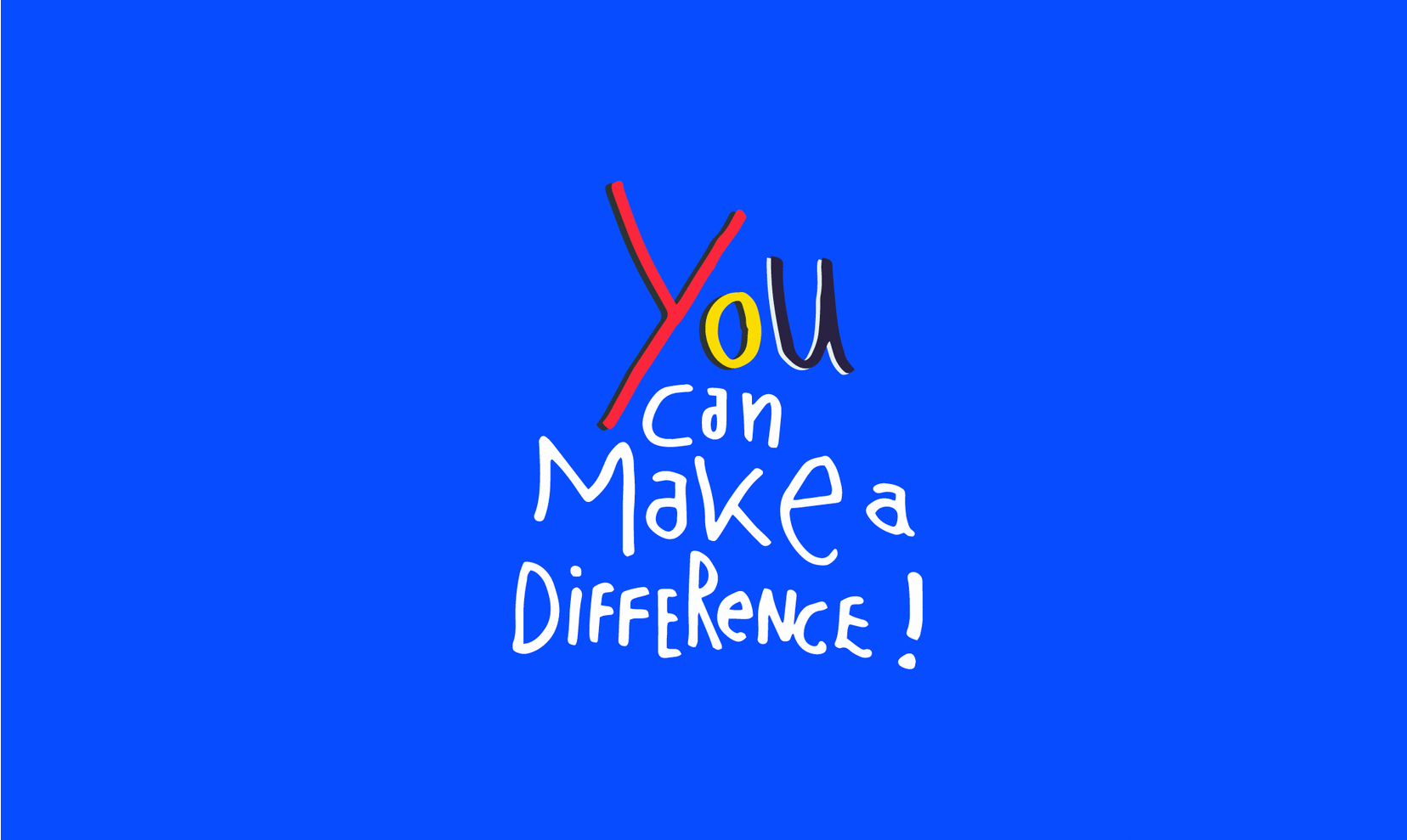Article
Step Outside Your UX Bubble

What am I doing?
Have you ever sat behind your screen and been overwhelmed by the feeling that the things you’re designing or programming are totally meaningless? That your work might have no impact at all? Or, even worse, that you’re part of the problem? The problem that society is steering full speed into the abyss and you’re not designing the breaks, but just another tool to accelerate the process.
To put it bluntly, designers are in a pretty rough spot at the moment. And it makes total sense to ask yourself a few questions sometimes.
Our clients of course expect us to continuously deliver and create beautiful and useful things. We have to be on top of our game, be creative, smart and innovative to feed the markets with new ideas and desirable products.
Looking at history, product and fashion designers have always designed objects and items that are desirable, supporting consumption and people’s eagerness to buy more new stuff all the time. Traditionally, we’ve all been working for the industry with the goal of stimulating consumption for the benefit of the corporate world.
Take responsibility
Especially now, in times of fed-up markets, global warming, and idiot governments ignoring it, designers have to take responsibility too—reflecting on their work and, in the best case, contributing to society.
The topic of the World Usability Day 2016 in Berlin was Sustainable UX. Pia Betton and myself prepared a talk on the growing importance of UX design in this paradoxical setup. We asked ourselves: what’s the role of UX design, and how can digital designers contribute to a paradigm shift that has sustainability as a focus?
Take Apple, for example. The benchmark for a lot of designers. In my opinion, they don’t understand what sustainable UX means—or actually, they do understand, but they just don’t care. They left the route of user-centric design years ago by forcing us to buy their products in ever shorter intervals. How? By constantly updating their OS versions. Functioning products turn to rubbish because the older hardware is incompatible with the new software. The iPhone 4, which is still a nice device, has become obsolete.
App wars
During the research I came across many examples. Just take the app cosmos. If you browse App Store and look for the big car manufacturing brands from southern Germany, for example, you’ll be inundated with dozens of mobile apps, created and launched by probably five different departments. What are the use cases for all of these apps? And do their customers really needs that many?
The number of apps downloaded worldwide increased from 179,628 million to 268,692 million between 2015 - 2017.
The problem is that the figures don’t reflect reality—about 20% of users abandon their apps after the first use. And furthermore, the percentage of app usage drops by almost 80% in the first 3 days.
Many app developers realize that their apps aren’t performing as they expected. After about 2 months, many abandon their apps— and the great graveyard of apps grows and grows.


Products today don’t fail because they don’t work technically, they fail because no one needs them. Robert Stulle, Partner at Edenspiekermann
So who are we designing for?
The nationwide study, D21-Digital-Index 2016, which was carried out by Initiative D21 in cooperation with the Federal Ministry of Family Affairs, Senior Citizens, Women and Youth, shows that many of the products we design are targeting a pretty small group.
Perhaps surprisingly, the study showed that many people in Germany still don’t have internet access: the number of internet users within the German population is currently 77.6%.
According to the study, two thirds of German citizens belong to a group that could be called “digital illiterates”, with a mobile skill set that focuses on online shopping, posting pictures on Facebook, and finding a doctor via Google. Only 6% are referred to as “smart mobilists”. With most UX Designers belonging to this small group of people, I assume many of us only have our peers in mind when designing new features or products.

We want to create meaningful stuff
So what’s on the agenda? I hope we don’t want to design only for a tech elite bubble, so we have to be very careful not to lose track of who our target group really is. If the work we do isn’t relevant for them, then it’s worthless—and that makes us worthless too.
Our task therefore is to really get to know our clients and their audiences. Really, we need to understand their problems better than they do themselves.
There’s a question I ask myself a lot:
How can we as designers contribute to a more sustainable and meaningful digitalization of society?
I don’t have the final answer, but as most of us are involved in a lot of projects, even on a small scale, I believe we can make a difference if we keep the following in mind:
- Ask questions! How can we make sure our projects are really valuable for the target group? Visit your granny, ask people on the street, or find other methods to come into contact with reality outside of your UX-bubble.
- Be critical! Both with your client briefings and yourself. Reflect on the context of your work: with your expert knowledge, you can help steer the projects you are part of into a more sustainable direction.
- Keep the bigger picture in mind! What are the consequences of your work away from the screen? Can you positively influence the total concept of the service/product from an environmental or social perspective?
- Focus on usability! Think from the user’s perspective rather than pushing features you are just dying to try out.
- Share your knowledge! Become an ambassador for sustainable UX design. Think about it, try to make a difference, and encourage others to do so.
It all sounds so obvious, but after all: action speaks louder than words!